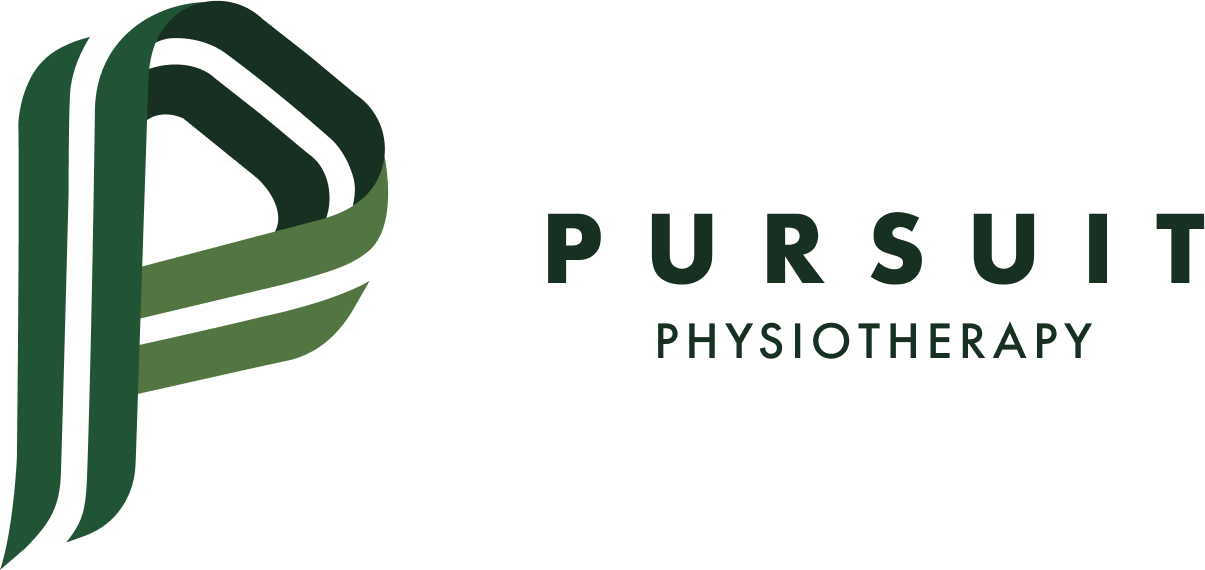How to Live Well with Osteoarthritis: Tips and Advice
Osteoarthritis is a prevalent degenerative joint condition that affects millions of individuals globally, causing pain, stiffness, and reduced joint function. While there is no cure for osteoarthritis, it can be managed and symptoms can be lessened. Therefore, action to better one’s lifestyle and health is key. In this blog post, we explore the various components that effectively address and manage osteoarthritis and overall joint health.
Understanding Osteoarthritis
Osteoarthritis is characterized by the gradual breakdown of joint cartilage and the underlying bone, leading to pain and inflammation. It commonly affects weight-bearing joints like the knees, hips, and spine, and can significantly impact an individual's mobility and daily activities.
Some modifiable risk factors:
overweight
low muscle strength
General health (sleep, diet, stress, activity level)
other chronic conditions
Some non-modifiable risk factors:
age
previous injuries
other chronic conditions
There are other forms of arthritis such as rheumatoid arthritis, ankylosing spondylitis and psoriatic arthritis where pain and inflammation are found in specific areas of the body, or have a specific underlying cause. Since treatment may vary for these specific forms of arthritis, our article specifically focuses on osteoarthritis.
What can you do to Manage Osteoarthritis?
1. Exercise Therapy:
Exercise is a cornerstone in the management of osteoarthritis. A systematic review published in the Journal of Orthopaedic & Sports Physical Therapy highlights the effectiveness of exercise in reducing pain and improving physical function in individuals with knee osteoarthritis (Fransen et al., 2015). By strengthening the body through exercise, joints are better supported while also reducing inflammation. Increasing the capacity that the body can handle through physical activity promotes less pain and a better quality of life. Working with a physiotherapist who can design a personalized exercise program that includes strengthening, flexibility, and aerobic exercises can be a great way to maintain joint health and function.
Adding stretching after exercise can also provide temporary pain relief while improving range of motion. Exercise and movement promotes the release of synovial fluid which can help lubricate the joints and create less friction.
2. Joint Mobilization and Manual Therapy:
Physiotherapists employ hands-on techniques such as joint mobilization and manual therapy to alleviate pain and improve joint mobility. A study in the Journal of Physical Therapy Science demonstrates the positive effects of manual therapy in reducing pain and increasing joint range of motion in individuals with knee osteoarthritis (Shahidi et al., 2019).
3. Weight Management:
Excess body weight exacerbates the impact of osteoarthritis on weight-bearing joints. The risk of osteoarthritis also increases by 5x for those who are overweight or obese. Being overweight mechanically increases force on the joints while chemically increases base level inflammatory agents when there is excess body fat. A study published in Osteoarthritis and Cartilage emphasizes the significant role of weight loss in reducing pain and improving function in obese individuals with knee osteoarthritis (Christensen et al., 2007).
4. A Healthy Lifestyle includes a health diet
With exercise and weight management established as key goals for managing osteoarthritis, another key component to this a healthy diet. Eating a balanced diet with lots of greens, healthy proteins and fats can contribute to the reduction of inflammation in the body.
5. Patient Education:
Knowledge empowers individuals to manage their condition effectively. Physiotherapists offer education on exercises, lifestyle modifications, and adaptive strategies. A randomized controlled trial published in the Annals of Internal Medicine emphasizes the positive impact of patient education in improving pain and function in individuals with hip osteoarthritis (Warsame et al., 2018).
Conclusion
The best thing patients with osteoarthritis can do is lose the excess weight, reduce inflammation and build strengthen to support the joints. Physiotherapy plays a pivotal role in the holistic management of osteoarthritis. Through evidence-based interventions such as exercise therapy, manual therapy, weight management, and patient education, physiotherapy can be a beneficial tool to help manage and enhancing the overall well-being of individuals living with osteoarthritis.
By taking a holistic approach, individuals can regain control over their joint health and continue to move with ease. Ready to transform your posture and overall health? Book a consultation with our Physiotherapy team in Victoria today and start your journey to better well-being.
References:
1. Fransen M, McConnell S, Harmer AR, Van der Esch M, Simic M, & Bennell KL. (2015). Exercise for osteoarthritis of the knee: A Cochrane systematic review. The Journal of Orthopaedic & Sports Physical Therapy, 45(10), 680-687.
2. Shahidi B, Haight A, Maluf K. (2019). The immediate effects of manual therapy on pain and range of motion in patients with knee osteoarthritis: A randomized controlled trial. Journal of Physical Therapy Science, 31(11), 890-895.
3. Christensen R, Astrup A, Bliddal H. (2007). Weight loss: the treatment of choice for knee osteoarthritis? A randomized trial. Osteoarthritis and Cartilage, 15(1), 39-46.
4. Hinman RS, Bowles KA, Payne C, Bennell KL. (2011). Effect of length on laterally wedged insoles in knee osteoarthritis. Journal of Foot and Ankle Research, 4(1), 1-8.
5. Warsame R, Salazar A, Williams M, & Bennell K. (2018). Patient education and physical activity in osteoarthritis: a randomized controlled trial. Annals of Internal Medicine, 168(5), 306-313.


